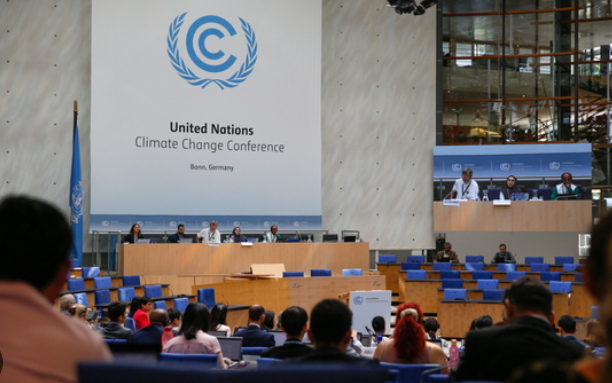What is New Collective Quantified Goal (NCQG)?
The 29th Conference of Parties (COP29) is underway in Baku. Delegates from 190 countries are negotiating critical climate finance measures. The New Collective Quantified Goal (NCQG) is a focal point. It aims to secure $5-6.8 trillion for developing countries by 2030. This funding is essential for nations to meet their climate targets.
About the New Collective Quantified Goal (NCQG)
The NCQG represents an important financial commitment. It is intended to assist developing countries in adapting to climate change. The goal is to replace fossil fuels with renewable energy. Current estimates suggest a requirement of $5-7 trillion until 2030. However, several options exist within the text. Each country’s vote holds equal importance in the decision-making process.
Historical Context of Climate Finance
In 2009, developed nations committed to mobilizing $100 billion annually from 2020 to 2025. This target was only partially met by 2022. The COP29 aims to establish a new financial target. This new goal must be operational by 2025. The previous commitment has faced scrutiny and debate among nations.
Key Negotiation Points
The NCQG text includes various options for financial contributions. These range from a broad $5-7 trillion to specific annual amounts. There are also clauses addressing unmet previous commitments. Developed countries are urged to acknowledge their shortfalls in delivering climate finance. The negotiations are complex and require consensus among diverse parties.
Regional Air Pollution Initiatives
India has called for regional cooperation among Hindu Kush Himalaya (HKH) nations. Air pollution is a transboundary issue affecting many countries. Collaborative efforts are needed to manage and mitigate this crisis. The Indo-Gangetic Airshed is particularly impacted, with Delhi consistently ranking as one of the most polluted cities globally.
Challenges Faced by HKH Countries
The HKH region faces severe environmental challenges. Global warming is accelerating ice loss, threatening water resources. Nearly 2 billion people rely on the region’s water supply. Countries in the region are increasingly vulnerable to climate-induced disasters. Urgent action is needed to address these issues collectively.
Calls for Unified Action
Delegates have emphasised the need for a unified approach. They advocate for stronger regional cooperation to tackle climate challenges. Key areas of focus include disaster preparedness and biodiversity conservation. Countries are encouraged to mobilise international support for sustainable development.
Future Directions for Cooperation
The HKH nations have outlined several priorities. These include effective cryosphere risk monitoring and resilient infrastructure development. Building capacity for accessing global funds is critical. Regular ministerial meetings are proposed to enhance collaboration among HKH countries. This COP29 represents important moment for climate action. The decisions made here will shape future environmental policies and funding mechanisms.
Important Facts for Exams:
- NCQG: The New Collective Quantified Goal aims to secure $5-6.8 trillion for developing countries. It is essential for meeting climate targets and adapting to climate change.
- HKH: The Hindu Kush Himalaya region is a biodiversity hotspot. It supports nearly 2 billion people and faces severe environmental challenges due to global warming and ice loss.
- Indo-Gangetic Airshed: The Indo-Gangetic Airshed is a transboundary pollution zone. It impacts air quality in countries like India Bangladesh and Pakistan. Delhi is one of the most polluted cities.
- ICIMOD: The International Centre for Integrated Mountain Development promotes sustainable development in mountain regions. It supports regional cooperation among HKH countries to address climate challenges and enhance resilience.
Month: Current Affairs - November, 2024
Category: Environment Current Affairs




